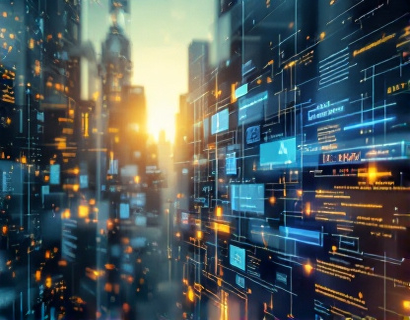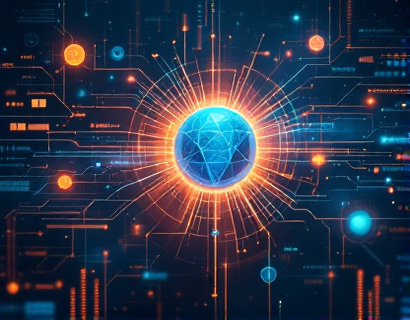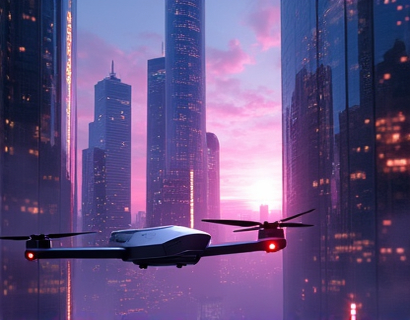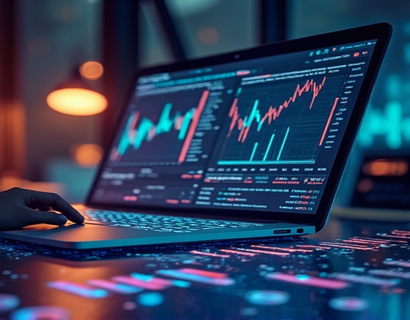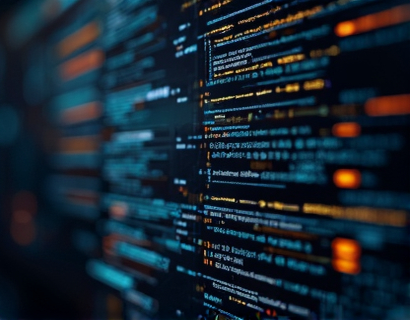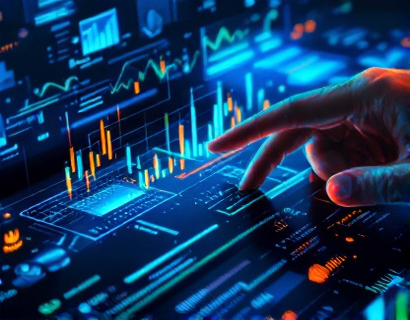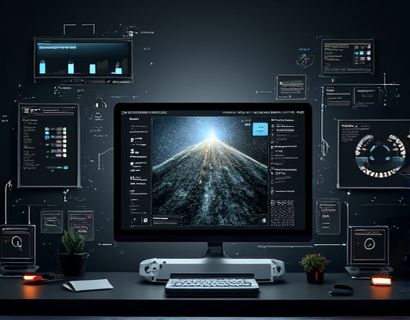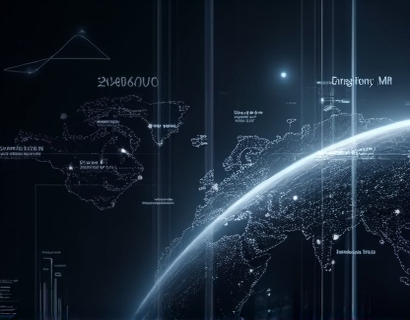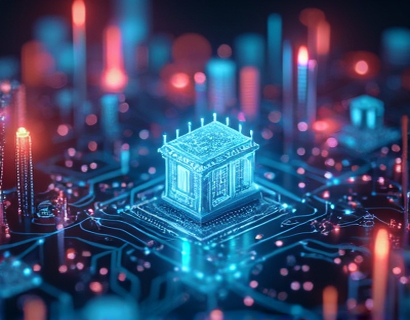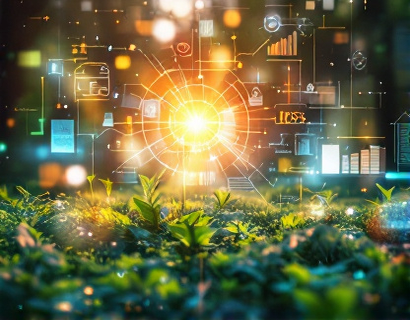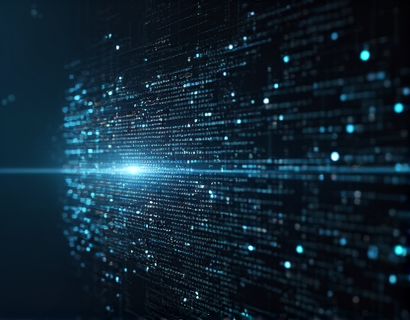Elevate Your Aquaponics Business: Embracing Innovative Software for Optimal Management and Sustainability
In the rapidly evolving world of sustainable agriculture, aquaponics stands out as a promising method that combines fish farming and hydroponics to create a symbiotic ecosystem. For aquaponics farmers and businesses, managing this complex system efficiently is crucial for success. The integration of innovative software solutions can significantly enhance the management and sustainability of aquaponics operations. This article delves into the benefits of using advanced software tools designed specifically for aquaponics, focusing on how these tools can streamline operations, boost productivity, and promote environmental stewardship.
Understanding the Challenges of Aquaponics Management
Aquaponics systems, while highly beneficial, come with unique challenges that require precise monitoring and control. Maintaining optimal conditions for both fish and plants involves managing water quality parameters such as pH, ammonia, nitrite, and nitrate levels. Additionally, ensuring proper nutrient balance, temperature, and light conditions is essential for the health and growth of both aquatic and terrestrial components. Traditional management methods often rely on manual measurements and adjustments, which can be time-consuming and prone to human error. This is where innovative software solutions play a pivotal role in elevating aquaponics business operations.
Streamlining Operations with Advanced Software
Advanced software for aquaponics provides a comprehensive platform that integrates various aspects of system management. These tools offer real-time monitoring and control capabilities, allowing farmers to oversee multiple parameters simultaneously. By centralizing data collection and analysis, farmers can make informed decisions quickly, reducing the risk of system imbalances and improving overall efficiency. For instance, automated sensors can continuously monitor water quality and send alerts when parameters deviate from optimal ranges. This proactive approach ensures that any issues are addressed promptly, minimizing potential damage to the system.
Moreover, these software solutions often include user-friendly interfaces that simplify data interpretation. Dashboards display key metrics at a glance, making it easier for farmers to track the health of their aquaponics system. This visual representation of data can help identify trends and patterns, enabling farmers to fine-tune their operations for better performance. For example, by analyzing historical data, farmers can optimize feeding schedules and nutrient dosing, leading to healthier fish and plants.
Boosting Productivity Through Precision Management
One of the primary goals of any aquaponics business is to maximize productivity while maintaining sustainability. Innovative software tools contribute to this objective by providing precise control over growing conditions. Automated systems can adjust factors such as water flow, temperature, and lighting based on real-time data, ensuring that both fish and plants receive the optimal environment for growth. This level of precision not only enhances crop yields but also improves the health and growth rates of fish.
Additionally, advanced software can integrate with other farm management systems, such as inventory and sales tracking. This integration allows farmers to optimize their production schedules to meet market demands, reducing waste and increasing profitability. By having a clear overview of inventory levels and sales trends, farmers can make data-driven decisions to expand or adjust their operations as needed. This holistic approach to management ensures that the aquaponics business remains agile and responsive to market changes.
Enhancing Sustainability with Smart Technologies
Sustainability is a core principle of aquaponics, and innovative software solutions play a crucial role in promoting environmentally friendly practices. By optimizing resource use, these tools help reduce water consumption and minimize the environmental footprint of aquaponics operations. For example, precise monitoring of water usage and recycling systems ensures that water is used efficiently, with minimal waste. This is particularly important in regions where water scarcity is a concern.
Furthermore, advanced software can help farmers reduce energy consumption by optimizing the use of pumps, heaters, and lights. By automating these systems and adjusting them based on real-time data, energy usage can be significantly lowered. This not only reduces operational costs but also aligns with the goal of creating a more sustainable farming practice. The reduction in energy consumption also contributes to a lower carbon footprint, supporting the broader mission of environmental stewardship.
Case Studies and Real-World Applications
Several aquaponics farms have successfully implemented innovative software solutions to enhance their operations. One notable example is a medium-sized aquaponics farm in the Midwest, which integrated a comprehensive management software system. Prior to the implementation, the farm relied on manual monitoring and occasional data logging, which was time-consuming and often led to suboptimal conditions. After integrating the software, the farm saw a significant improvement in water quality and plant growth. The automated alerts and real-time data allowed the farm to address issues promptly, resulting in a 30% increase in crop yield within the first year.
Another case study involves a small-scale urban aquaponics operation in a densely populated city. This farm faced challenges related to space constraints and limited access to resources. By using a cloud-based software solution, the farm was able to monitor and control its system remotely, reducing the need for on-site visits. The software's user-friendly interface and mobile app allowed the farmer to manage the system efficiently, even from home. This flexibility not only improved the farm's productivity but also made it more accessible to urban residents interested in local, sustainable food production.
Future Trends in Aquaponics Software
The aquaponics industry is rapidly evolving, and the software solutions supporting these operations are no exception. Future trends in aquaponics software include the integration of artificial intelligence (AI) and machine learning (ML) to further enhance precision and automation. AI can analyze vast amounts of data to predict system behavior and optimize operations even more effectively. For instance, AI algorithms can forecast potential issues based on historical data and environmental conditions, allowing for preemptive adjustments. This proactive approach can prevent system failures and ensure consistent performance.
Another emerging trend is the use of Internet of Things (IoT) devices to create a more interconnected and intelligent aquaponics system. IoT sensors can be deployed throughout the facility to collect data on various parameters, from water quality to plant health. These devices can communicate with each other and the central management system, creating a seamless flow of information. This interconnectedness enables a more holistic and responsive management approach, further enhancing the efficiency and sustainability of aquaponics operations.
Conclusion
In conclusion, innovative software solutions are transforming the way aquaponics businesses operate, offering a range of benefits that extend beyond mere efficiency. By streamlining operations, boosting productivity, and enhancing sustainability, these tools are essential for any serious aquaponics farmer or business. As the industry continues to grow, the importance of adopting advanced software will only increase. Embracing these technologies not only improves the bottom line but also contributes to a more sustainable and resilient food system. For aquaponics farmers and businesses, the future is bright, and innovative software is the key to unlocking it.




